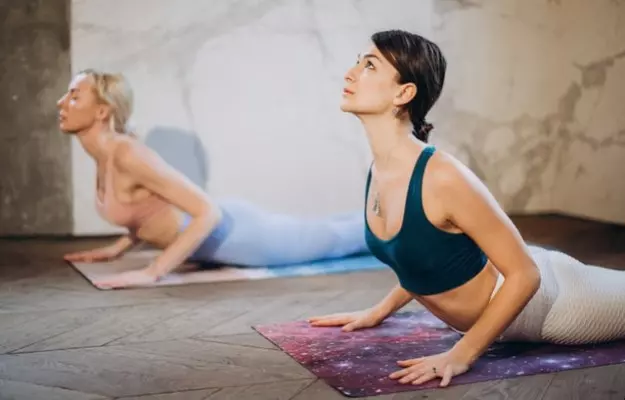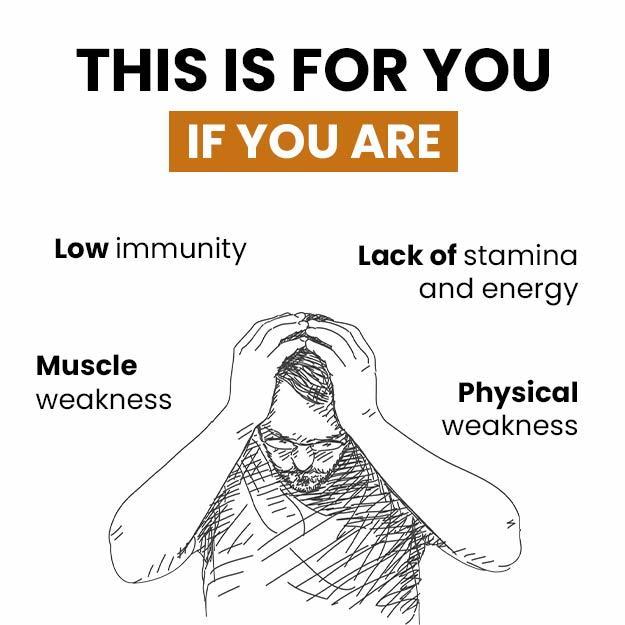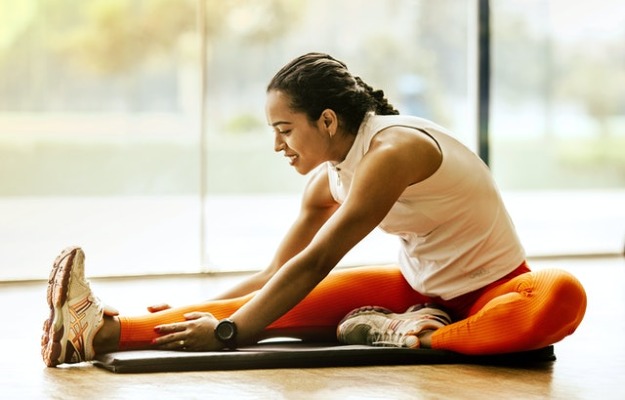Contrary to popular belief, core muscles aren’t only located in the front part of the body’s midsection. Core essentially means centre, and the centre of the human body is more than just what is seen from the front.
Doing a number of crunches and leg raises may give your stomach the shape that you have been wanting, or even the elusive six-pack abs. But this does not guarantee a strong core.
The lower back, which is effectively the centre of the body when viewed from behind, also consists of core muscles that require strength and conditioning. Compound exercises - movements that use multiple joints of the body at the same time - like deadlifts and squats do their bit to strengthen the lower back along with other muscles of the body.
But back extensions, or hyperextensions as they are known in gyms and fitness circles, are a great isolation movement as well. Ab crunches and back extension exercises have also come to be known as the perfect pairing for working out the entire core.
Read on to know about the different types of back hyperextension exercises, their benefits and how to do them.























